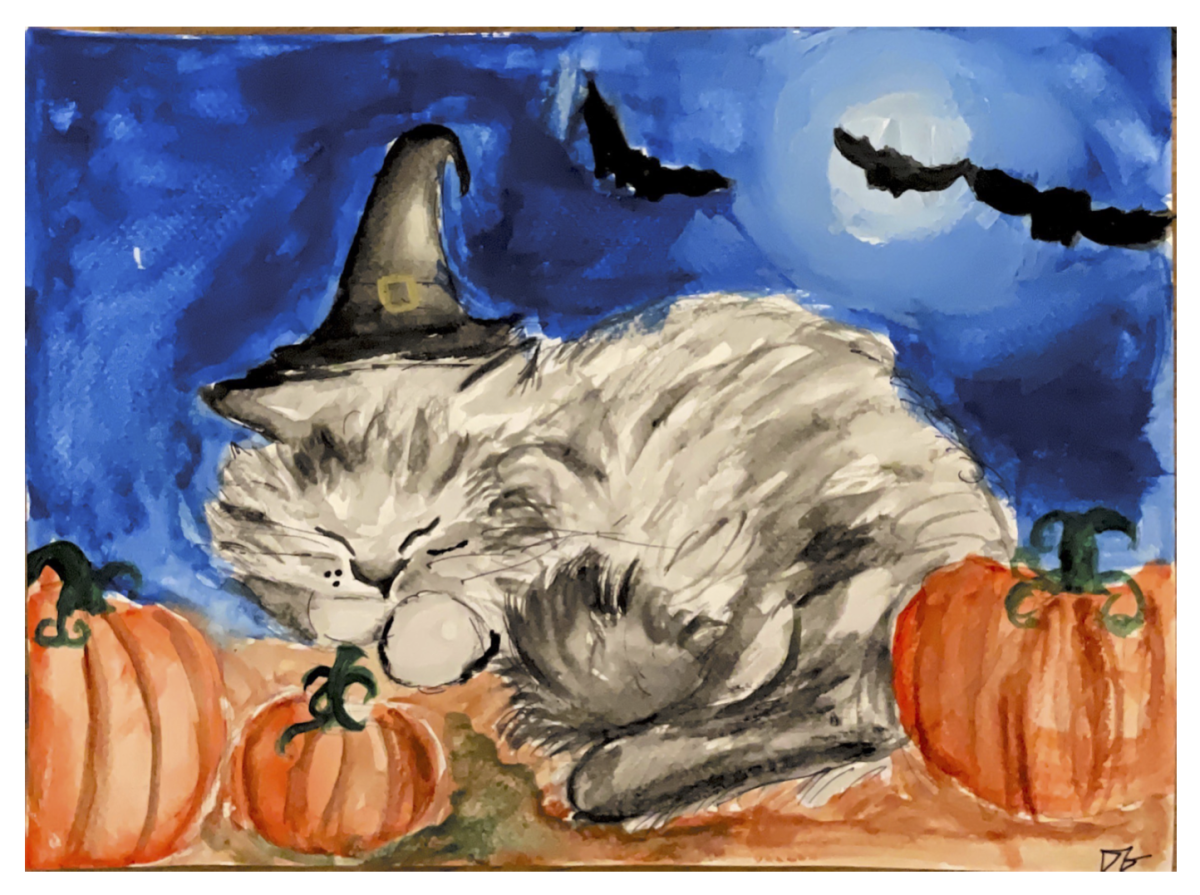As Christmas finally draws near, a familiar question will be asked by children all over the world: “Is Santa Claus real?” As it turns out, the answer is yes! Saint Nicholas of Myra– the basis for Santa– lived in Roman times as a wealthy man who helped save many lives by emotionally and financially helping people get back on their feet. His legacy carries on, personified as a jolly old man who gives presents at Christmas.
Saint Nicholas was born in the year 270, in Turkey under the Roman Empire. He became famous for giving gifts anonymously to the poor throughout his life, leading to the popular interpretation of Santa Claus. He was rumored to have calmed a storm, saved three criminals as he traveled around Europe, and spread Christianity. He died on December 6, 343 AD, after being imprisoned by the Romans for being a Christian, but he was soon released as Christianity became the official religion of the Roman Empire.
Saint Nicholas’s most famous act was saving three poor girls from prostitution at a young age by throwing sacks of gold down the chimney and into the fireplace of their house. On two separate nights, he threw a sack of gold down the chimney while everyone was asleep. Each time, the gold was used to marry off one of the girls. Finally, on the third night, the father of the girls stayed awake throughout the night, eventually catching Saint Nicholas. Although the father was very grateful to him and wished to spread the word about the kind deed, Saint Nicholas ordered him not to speak about it.
In addition to spreading Christianity in an age where Christianity itself was punished, he continued to right injustices of all kinds. For example, Saint Nicholas protected three innocent criminals from execution by the Roman generals. The judge and generals were bribed into wrongfully convicting them, and these three “criminals” had many enemies who wanted them dead. Saint Nicholas showed up just before their executions and explained the whole situation, freeing them. Legend says that he appeared in a dream to the bribed generals, and chastised them for their wrongdoings!
Saint Nicholas’s biographies did not appear until several centuries after his death. Therefore, most evidence supporting his deeds and existence is only popularly verified. However, it seems as though he was always a popular saint as he had a well-established cult by the time biographies of him began. It was believed that he would reward the good and uphold justice by sending virtuous people gifts on the day of his death, December 6th, and to an extent kids still believe in his legendary generousness all around the world.
The name “Santa Claus” comes from the Dutch shortening of Saint Nicholas, Sinterklaas. He was first depicted as a smiling, fat man in a red fur coat by Thomas Nast in a Christmas drawing in 1881. Over the centuries, his giving of presents was merged with Christmas. Santa might have many differences from the original Saint Nicholas, but his kindness has remained constant.
Saint Nicholas eventually became the patron saint of sailors, repentant thieves, archers, merchants, and children. Many of these were given after his death, such as the patron saint of children being given after Saint Nicholas allegedly resurrected three murdered children.
Interestingly, Saint Nicholas is the patron saint of students. Better give a prayer to him for his blessing on your next test!
Citations:
Patrick Young, Esq. “How German Refugee Thomas Nast Invented How Santa Claus Looks Back during the Civil War.” Long Island Wins, 18 Dec. 2017, longislandwins.com/es/columns/immigrants-civil-war/german-refugee-thomas-nast-invented-santa-claus-looks-civil-war/.
“Saint Nicholas.” Home – Boston College, www.bc.edu/bc-web/centers/church21/sites/c21-engage/articles/Saint-Nicholas.html. Accessed 15 Feb. 2024.
Saint Nicholas: Biography, Patron Saint, Feast Day & Santa, www.biography.com/religious-figures/saint-nicholas. Accessed 16 Feb. 2024.

















![Teacher [Milk] Tea: Part 2](https://bisvquill.com/wp-content/uploads/2024/03/Screen-Shot-2024-03-19-at-9.28.48-PM.png)



































